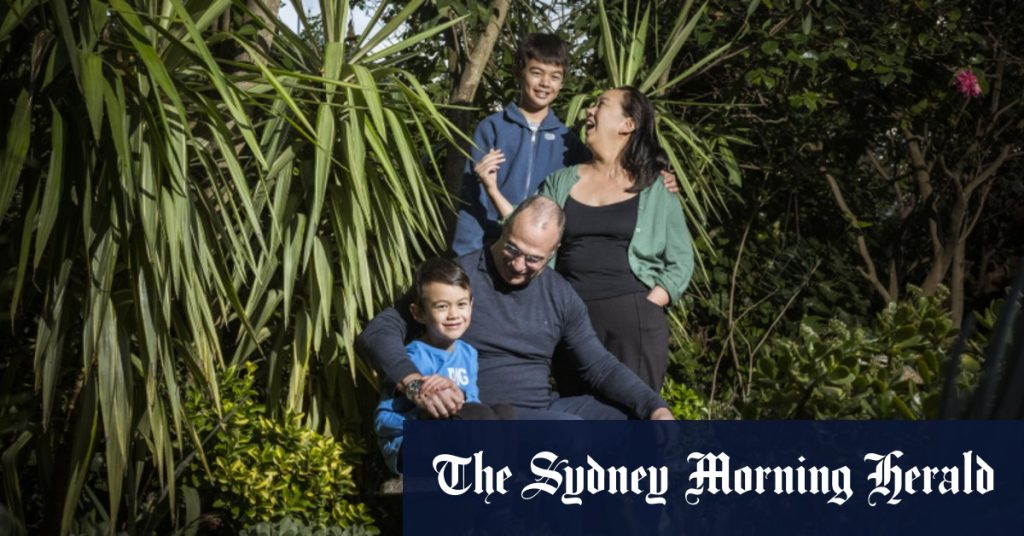Housing activism group YIMBY Melbourne has highlighted a correlation between the number of children in a suburb and the availability of affordable housing. Organiser Asanka Epa emphasized the importance of providing affordable homes for young families to ensure that there is a balance between the locations of schools and the students they serve. Without enough housing, the number of children in a suburb cannot increase or remain steady, leading to potential demographic changes.
In areas like Boroondara, a decline in the number of children has been observed despite the presence of many quality schools. School enrolments have decreased in local primary schools, possibly due to factors such as COVID-related movements, housing density, and demographic changes. While there is room for out-of-zone applications in certain schools, the overall trend suggests a shift towards an older population in the area.
The director of community support for the City of Boroondara, Kate McCaughey, cautioned against attributing demographic changes solely to building approvals or specific urban planning policies. While there is a predominance of houses and medium-density dwellings in Boroondara, the number of children living in high-density housing is relatively low. McCaughey noted that the community has been aging, with a significant portion of the population being 65 years and older, indicating wider demographic shifts within the area.
In contrast, outer suburbs like Tarneit, Point Cook, and Craigieburn have experienced significant increases in the number of children. The growth corridors in these areas have seen a rise in child populations, reflecting a trend towards larger families and more affordable housing options. The City of Melbourne has also seen a growth in children, particularly in inner-city areas like the CBD, Southbank, and Docklands, where families are increasingly residing in apartments.
Urban geographer Dr. Kate Shaw highlighted the impact of housing affordability on population trends, noting that wealthier and better-educated individuals tend to live in inner and middle-ring suburbs where fewer children are being raised. These areas are becoming increasingly expensive, making them less accessible to families with larger households. Shaw emphasized the need for governments to invest in affordable housing initiatives, such as public and social housing, to address the growing demand for more affordable living options.
Overall, the discussion around housing affordability, demographic changes, and school enrolments highlights the complex interplay between urban planning, housing policies, and societal trends. As cities like Melbourne continue to grow and evolve, ensuring a balance between housing supply, affordability, and educational access for families is essential for creating sustainable, inclusive communities. By addressing these challenges through a combination of public and private sector initiatives, cities can better support the diverse needs of their populations and foster a more equitable and vibrant urban environment.


